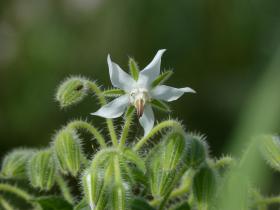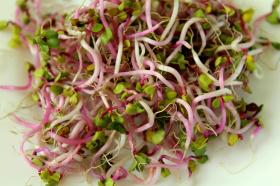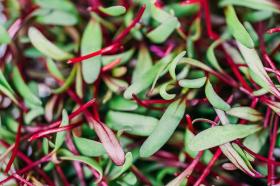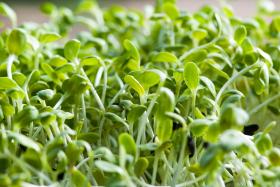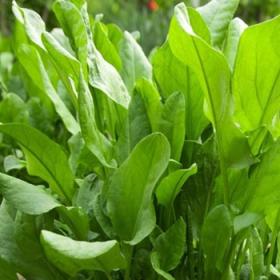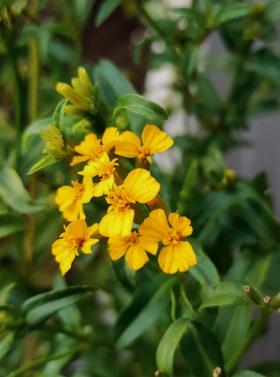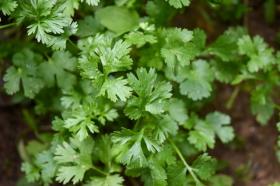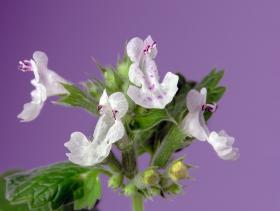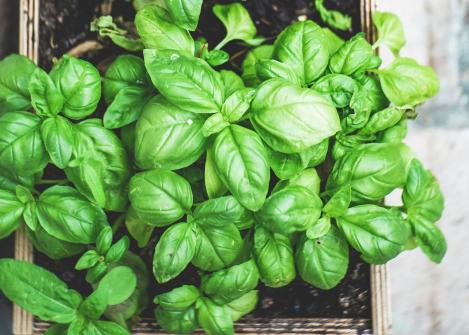
BASIL - BASILICO AROMATICO DELLA RIVIERA LIGURE, organic seeds
Basil Aromatico della Riviera Ligure features relatively petite leaves with a vibrant green hue, primarily employed in crafting Genoese pesto. Thriving in shaded locations, this plant demonstrates excellent growth whether cultivated in containers or open soil.
The optimal temperature for Genovese Basil ranges between 20 to 25 degrees Celsius, requiring consistent and ample watering. The soil should be soft and delicate, maintaining a neutral pH and ensuring proper drainage. Widely recognized for its intense fragrance, Basil Genovese is one of the most frequently utilized aromatic herbs in Italian cuisine. Beyond its culinary value, Genovese Basil boasts numerous health benefits, serving as an effective anti-inflammatory, cough sedative, and digestive aid, while also contributing to stress reduction. Rich in essential vitamins and minerals, including beta-carotene, calcium, and potassium, it proves beneficial to overall bodily health.
Growing basil can be a rewarding experience, and it's relatively straightforward. Here's a step-by-step guide on how to grow basil:
1. Choose the Right Variety:
- There are various basil varieties, each with its own unique flavor. Common types include sweet basil, Thai basil, Genovese basil, and more. Choose a variety based on your taste preferences and culinary needs.
2. Starting from Seeds or Seedlings:
- Basil can be grown from seeds or purchased as seedlings. If starting from seeds, sow them indoors about 6-8 weeks before the last expected frost date. Basil seeds are small, so plant them shallowly, about 1/4 inch deep.
3. Planting Basil:
- When planting basil outdoors, choose a sunny location with well-draining soil. Basil thrives in full sunlight, so select a spot that receives at least 6-8 hours of sunlight per day.
4. Watering:
- Basil prefers consistently moist but well-draining soil. Water the plants when the top inch of the soil feels dry. Avoid overwatering, as basil doesn't like to be waterlogged.
5. Fertilizing:
- Use a balanced, water-soluble fertilizer every 2-4 weeks or according to the package instructions. Basil doesn't require heavy fertilization, so be cautious not to overfeed.
6. Pruning and Harvesting:
- Pinch or prune the top leaves regularly to encourage bushier growth. Harvest basil leaves when the plant is about 6-8 inches tall. Regular harvesting promotes more growth.
7. Managing Pests:
- Keep an eye out for common pests like aphids or spider mites. If necessary, use organic pest control methods to protect your basil.
8. Preventing Flowering:
- To prevent basil from flowering (which can affect the flavor), regularly pinch off any flower buds as soon as they appear.
9. Overwintering (Optional):
- Basil is sensitive to cold temperatures. If you live in a colder climate, consider growing basil in pots so you can bring it indoors during the winter, or simply start fresh with new plants in the spring.
10. Enjoying Your Basil:
- Use fresh basil leaves in a variety of dishes, including salads, pasta, pizza, and sauces. You can also dry or freeze basil for later use.
Packet 300 seeds

